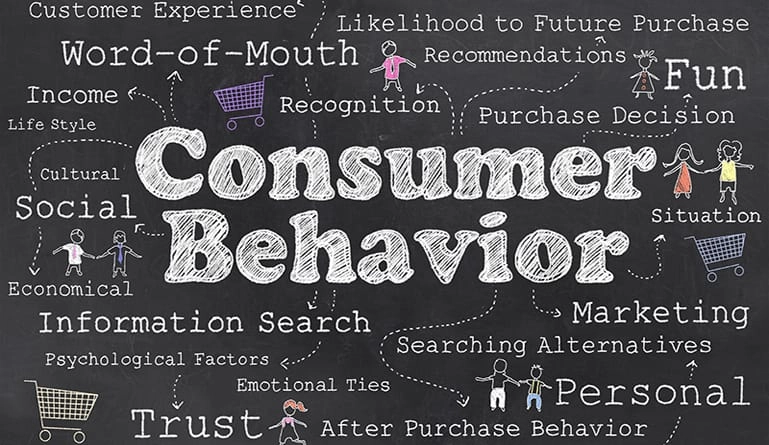Especially in English-speaking markets, the growth of social commerce is reshaping the e-commerce scene, blending the power of social media with seamless shopping experiences.
From Instagram storefronts to TikTok product reviews, social commerce is booming. However, exactly what is causing this rise in popularity? And how can businesses tap into this momentum to boost sales, increase brand awareness, and stay ahead of competitors?
Let’s dive into a comprehensive guide on English social commerce growth, packed with actionable insights and strategies to help your brand thrive in this new age of digital commerce.
What is Social Commerce?
The use of social media platforms to make it easier to buy and sell online is known as “social commerce”. Unlike traditional e-commerce, where the shopping experience takes place on websites or apps, social commerce happens directly within social platforms like Facebook, Instagram, TikTok, Pinterest, and even YouTube.
Users can discover products, read reviews, interact with sellers, and complete purchases—all without leaving the app. It merges the convenience of online shopping with the engagement of social media, creating an interactive and immersive experience for buyers.
Why is Social Commerce Booming in English-Speaking Markets?
Several key factors are fueling the growth of social commerce in English-speaking regions like the United States, United Kingdom, Canada, and Australia:
High Social Media Usage: English-speaking countries have some of the highest social media penetration rates globally.
Trust in Influencer Recommendations: Consumers rely heavily on influencer reviews, peer opinions, and authentic content.
Mobile-First Shoppers: A majority of users shop on their smartphones, making social commerce an ideal solution.
Platform Advancements: Social platforms are constantly rolling out commerce-focused features like shoppable posts, live shopping, and integrated payment systems.
The Role of Influencers in Social Commerce
Influencers are the driving force behind social commerce. Their ability to sway consumer behavior through relatable and trustworthy content is unmatched. In fact, 72% of users say they’ve purchased a product after seeing it on an influencer’s social media.
Whether it’s a beauty guru reviewing a new skincare product or a tech enthusiast showcasing the latest gadgets, influencer marketing fuels conversions by creating social proof and genuine interest.
To leverage this, brands should:
Partner with micro and macro influencers.
Encourage user-generated content (UGC).
Opt for long-term collaborations rather than one-off posts.
Popular Social Platforms Dominating Social Commerce
Let’s break down how different platforms contribute to the growth of social commerce:
Instagram
Shoppable posts and stories.
Integrated checkout feature.
Ideal for visual branding and lifestyle content.
Facebook
Facebook Shops make it easy for businesses to set up stores.
Strong presence among older demographics.
Useful for customer service and community building.
TikTok
Rapidly becoming a product discovery engine.
Features like TikTok Shop and live shopping drive real-time sales.
Engaging short-form videos that go viral quickly.
Pinterest
Perfect for niche products and inspiration boards.
Great for DIY, fashion, home decor, and wellness brands.
Pinterest Lens allows visual search-based shopping.
YouTube
Long-form content for detailed product reviews and tutorials.
New features like YouTube Shopping tab and live stream shopping.
Excellent for building brand trust and loyalty.
Key Trends Fueling Social Commerce Growth
Here are the biggest trends that are shaping the future of social commerce:
Live Shopping Events: Think QVC meets TikTok. Real-time product demos and Q&As boost conversions.
AI and Chatbots: Improve customer experience with personalized recommendations and instant replies.
Augmented Reality (AR): Try-before-you-buy features enhance product interaction (e.g., virtual makeup try-ons).
Seamless Checkout: One-click payments within the app reduce cart abandonment.
Social Proof and Reviews: Shoppers trust peer feedback more than branded ads.
How Small Businesses Can Ride the Social Commerce Wave
You don’t need a massive budget to succeed in social commerce. Here’s how small businesses can get started:
Post consistently with a mix of promotional and engaging content.
Use shoppable tags and clear calls to action.
Work with nano-influencers who have high engagement rates.
Challenges in Social Commerce and How to Overcome Them
Platform Dependency: Relying too much on one platform is risky. Diversify your presence.
Changing Algorithms: Stay updated with platform changes to maintain visibility.
Content Saturation: Stand out with high-quality, unique content.
Payment & Security Issues: Use trusted integrations and offer secure payment options.
Customer Trust: Ensure transparency, easy returns, and responsive customer service.
The Future of Social Commerce in English Markets
The future looks incredibly bright for social commerce in English-speaking markets. Experts predict:
Market value to exceed $1.2 trillion by 2028.
More AI-powered personalization in product recommendations.
Rise of voice commerce through smart devices.
Expansion of metaverse shopping experiences.
Continued integration of immersive AR/VR technologies.
With such rapid innovation, businesses that embrace social-first selling strategies today will be the leaders of tomorrow.
How to Measure Success in Social Commerce
Tracking the right KPIs is key to understanding performance. Focus on:
Engagement Rates: Likes, shares, comments.
Click-Through Rates (CTR): From post to product page.
Conversion Rates: Sales per impressions or clicks.
Customer Retention: Repeat purchases, loyalty.
Return on Ad Spend (ROAS): Especially for paid influencer collaborations.
Use tools like Meta Business Suite, TikTok Analytics, and Google Analytics to get deep insights and fine-tune your strategies.
Conclusion:
Social Commerce Isn’t the Future—It’s Now
The growth of English social commerce is undeniable. As consumers continue to blend their shopping habits with their social media routines, businesses must adapt or risk falling behind.
Whether you’re a seasoned brand or just starting out, embracing social commerce can unlock new revenue streams, foster deeper customer relationships, and position your business for long-term success.













Leave a Reply